XRF test results for Ivory (light yellow) glazed Fiesta HLC pottery bowl (Made in USA) — sent in by Peng in Washington State
For those new to this website:
Tamara Rubin is a multiple-Federal-award-winning independent advocate for childhood Lead-poisoning prevention and consumer goods safety, and a documentary filmmaker. She is also a mother of Lead-poisoned children (two of her sons were acutely Lead-poisoned in 2005). Since 2009, Tamara has been using XRF technology (a scientific method used by the U.S. Consumer Product Safety Commission) to test consumer goods for toxicants (specifically heavy metals — including Lead, Cadmium, Mercury, Antimony, and Arsenic). All test results reported on this website are science-based, accurate, and replicable. Items are tested multiple times to confirm the test results for each component tested. Tamara’s work was featured in Consumer Reports Magazine in February of 2023 (March 2023 print edition).
Published: July 19, 2023
Wednesday
Below are full XRF test results for the Ivory (light yellow) glazed Fiesta bowl (Made in USA) pictured above (additional photos below as well). The levels of Lead and Cadmium found in the glaze and in the substrate of this bowl (see details below) are considered safe by all standards. Given the Cadmium level is higher on the reading of the glaze-only area (higher than the reading of the substrate band on the base of the bowl), this is an indicator that the glaze does contain some level of Cadmium. This is not an unexpected finding as Cadmium is often found in yellow, red, and orange glazes at varying levels. The strictest standard for Cadmium (the level at which Cadmium is considered unsafe) is the standard set in Washington State. Washington State considers items safe for use by children (including dishes) if they have levels of Cadmium below 40 parts per million. So — again, to reiterate — this dish would be considered safe by all standards, even the strictest standards (which happens to be where the owner of this bowl lives!).
Given Cadmium causes cancer, it is my personal opinion that — regardless of safety standards (even in compliance with the strictest safety standards) — there is no place for any level of Cadmium (or other toxic heavy metals for that matter) in our dishware or elsewhere in our homes (especially in anything that is a functional food-use piece).
Reading #1) Yellow Center of Food Surface of the Dish
90-second test (repeated multiple times to confirm results)
- Lead (Pb): non-detect / negative
- Cadmium (Cd): 33 +/- 7 ppm
- Tin (Sn): non-detect / negative
- Mercury (Hg): non-detect / negative
- Selenium (Se): non-detect / negative
- Barium (Ba): 1,753 +/- 76 ppm
- Arsenic (As): non-detect / negative
- Chromium (Cr): non-detect / negative
- Antimony (Sb): non-detect / negative
- Nickel (Ni): non-detect / negative
- Copper (Cu): 108 +/- 35 ppm
- Zinc (Zn): 304 +/- 33 ppm
- Manganese (Mn): non-detect / negative
- Titanium (Ti): non-detect / negative
- Bromine (Br): non-detect / negative
- Zirconium (Zr): 10,500 +/- 300 ppm
- Niobium (Nb): non-detect / negative
- Molybdenum (Mo): non-detect / negative
- Iron (Fe): 930 +/- 157 ppm
- Platinum (Pt): 108 +/- 43 ppm
- Cobalt (Co): non-detect / negative
- Bismuth (Bi): non-detect / negative
- Indium (In): non-detect / negative
- Chlorine (Cl): non-detect / negative
- No other metals were detected in consumer goods mode.
Reading #2) Unglazed Edge on the Bottom of the Bowl
60-second test (repeated multiple times to confirm results)
- Lead (Pb): 25 +/- 8 ppm
- Cadmium (Cd): 9 +/- 5 ppm
- Tin (Sn): non-detect / negative
- Mercury (Hg): non-detect / negative
- Selenium (Se): non-detect / negative
- Barium (Ba): 526 +/- 33 ppm
- Arsenic (As): non-detect / negative
- Chromium (Cr): non-detect / negative
- Antimony (Sb): non-detect / negative
- Nickel (Ni): non-detect / negative
- Copper (Cu): 59 +/- 23 ppm
- Zinc (Zn): 114 +/- 18 ppm
- Manganese (Mn): non-detect / negative
- Titanium (Ti): non-detect / negative
- Bromine (Br): non-detect / negative
- Zirconium (Zr): 3,608 +/- 76 ppm
- Niobium (Nb): non-detect / negative
- Molybdenum (Mo): non-detect / negative
- Iron (Fe): 2,175 +/- 161 ppm
- Platinum (Pt): non-detect / negative
- Cobalt (Co): non-detect / negative
- Bismuth (Bi): non-detect / negative
- Indium (In): non-detect / negative
- Chlorine (Cl): non-detect / negative
- No other metals were detected in consumer goods mode.
To see more products we have tested please check out our link to the “Menu” of this website.
~ End ~




Never Miss an Important Article Again!
Join our Email List








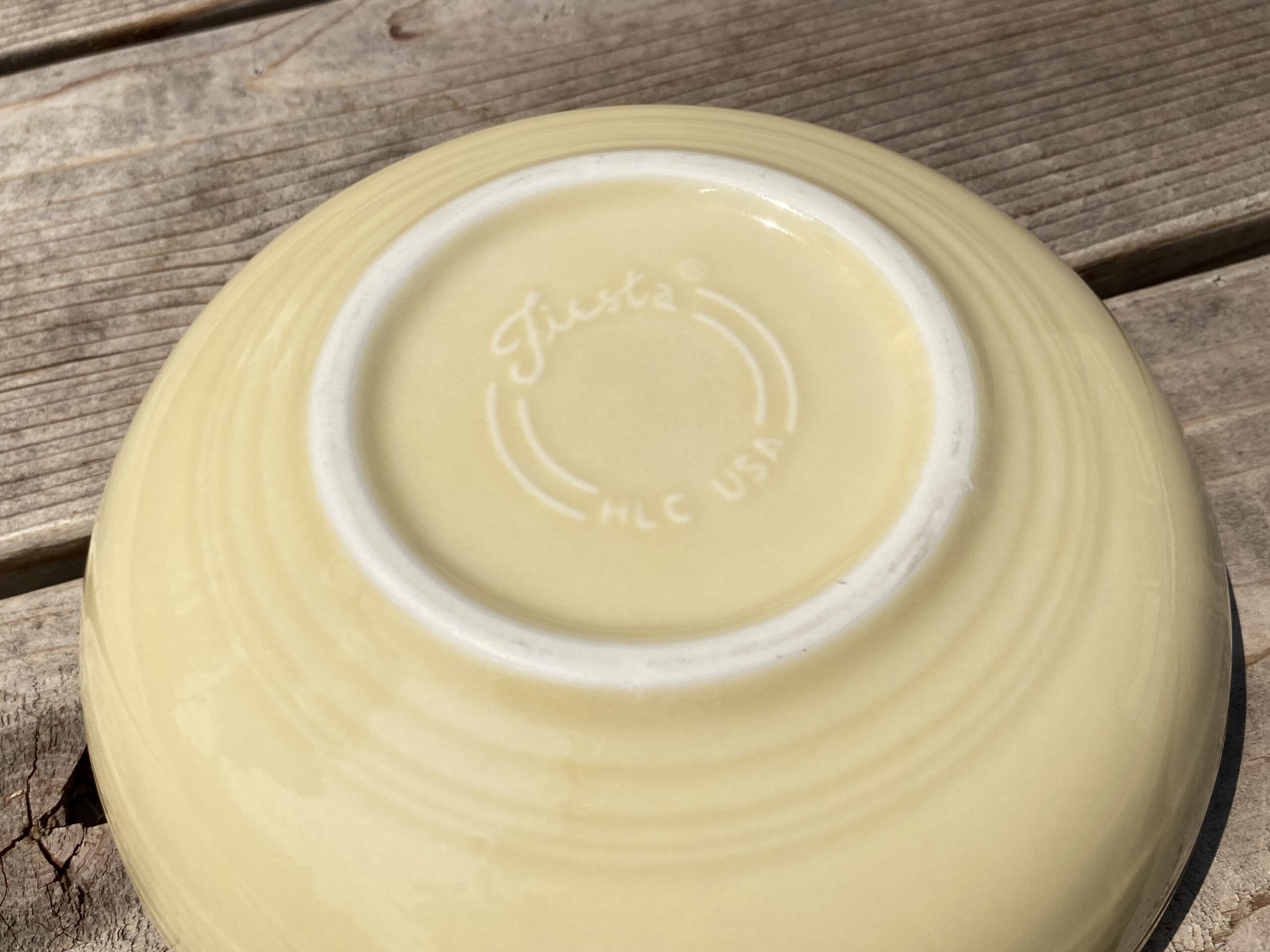
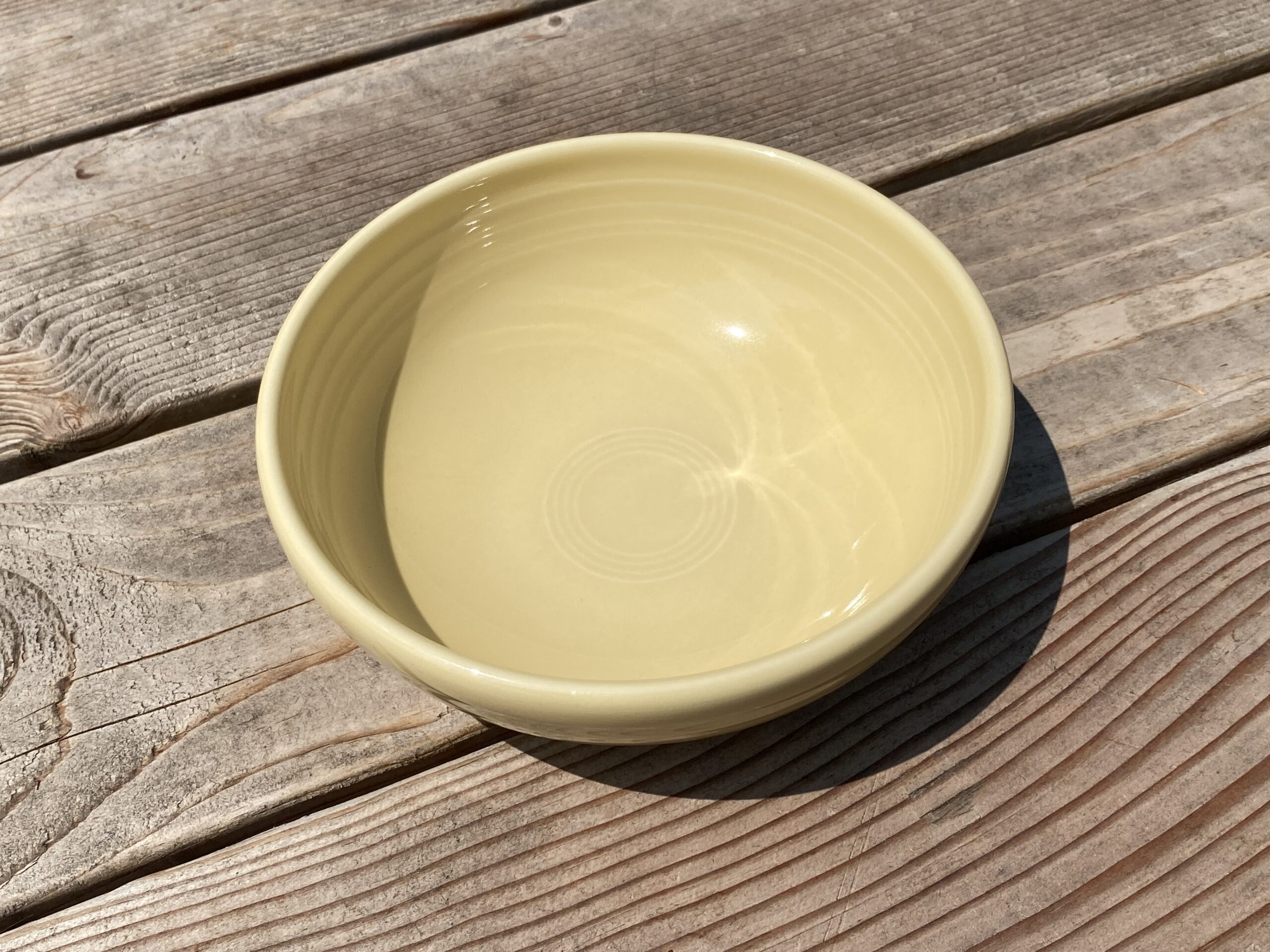
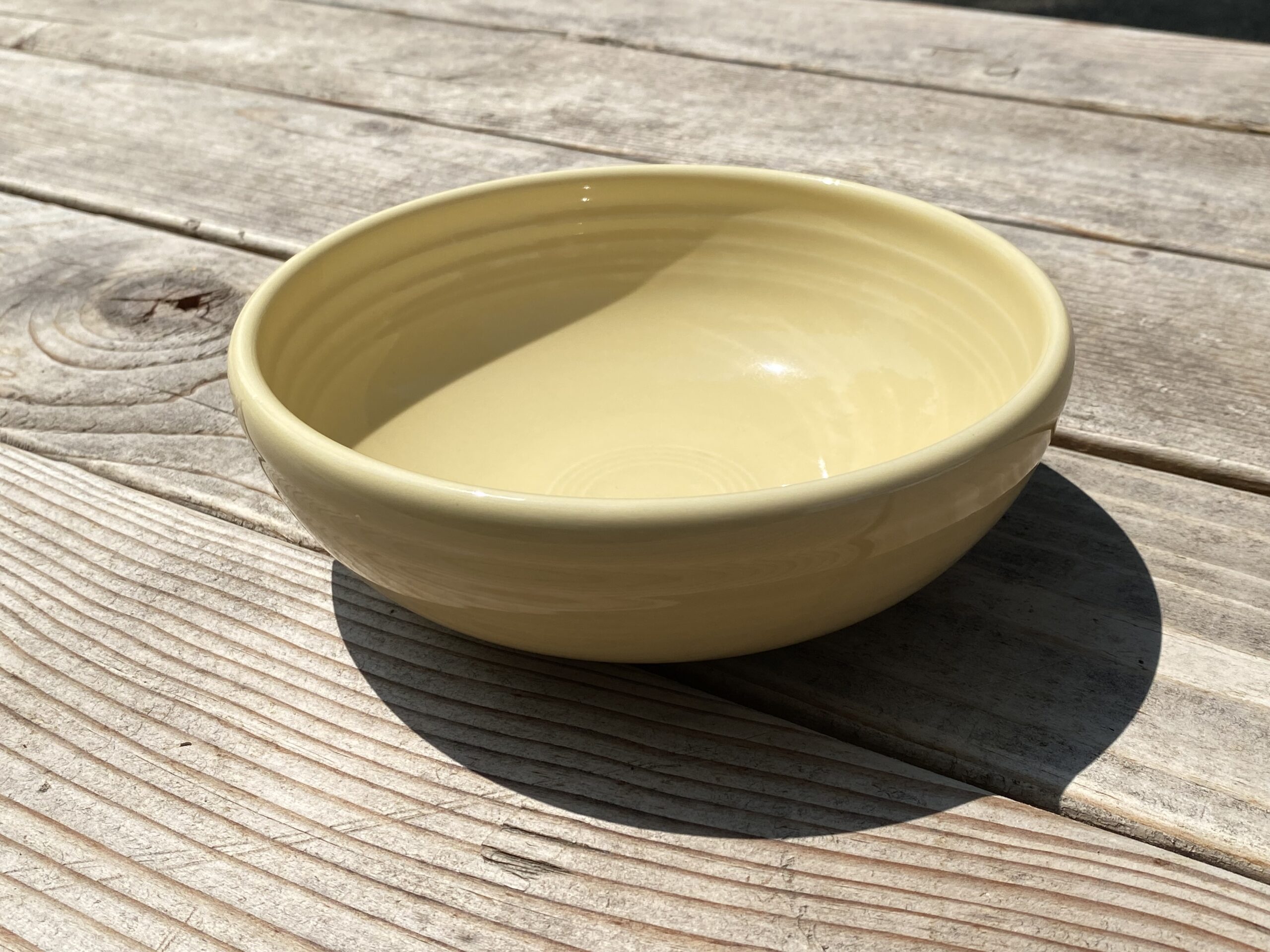
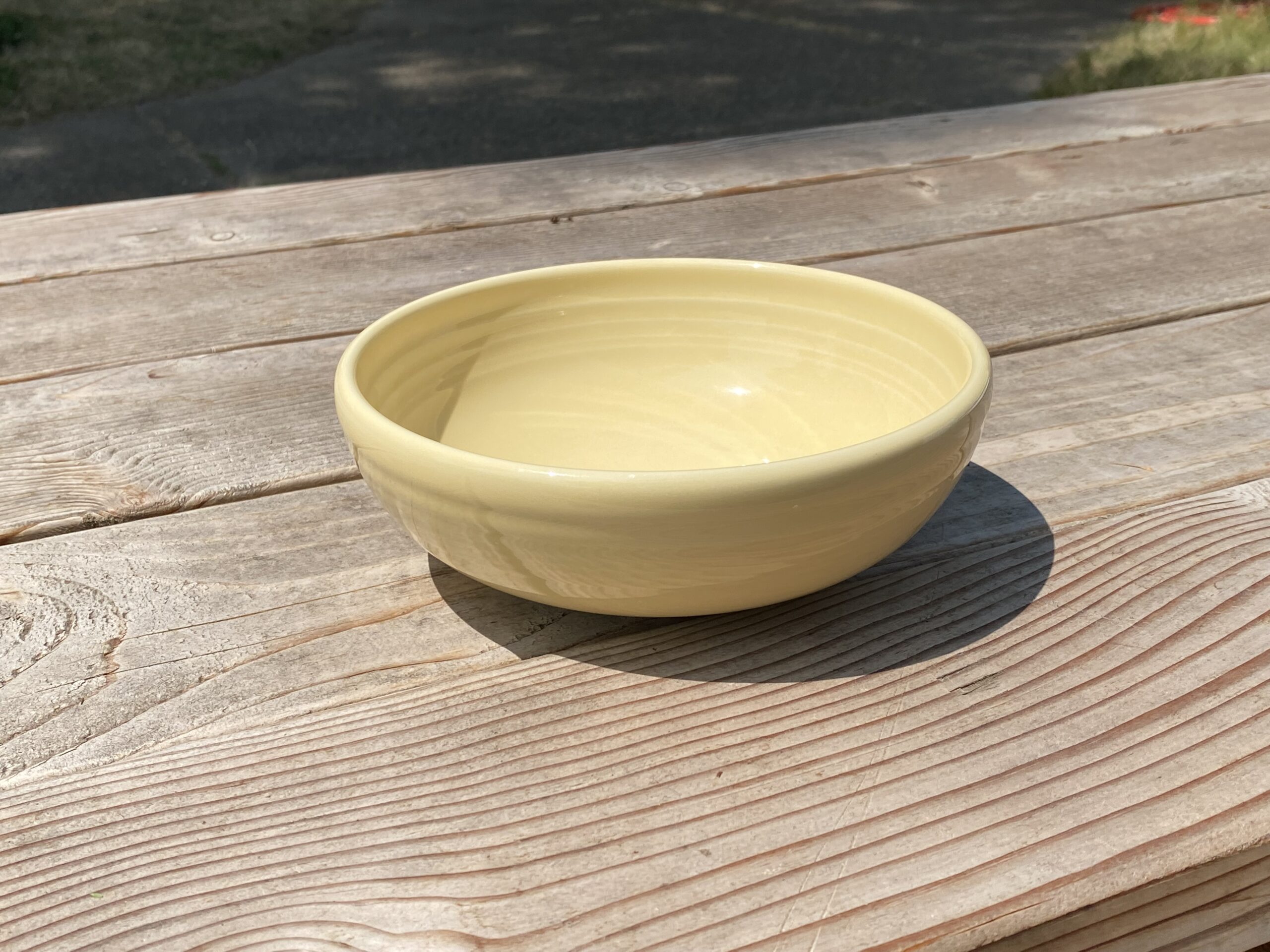
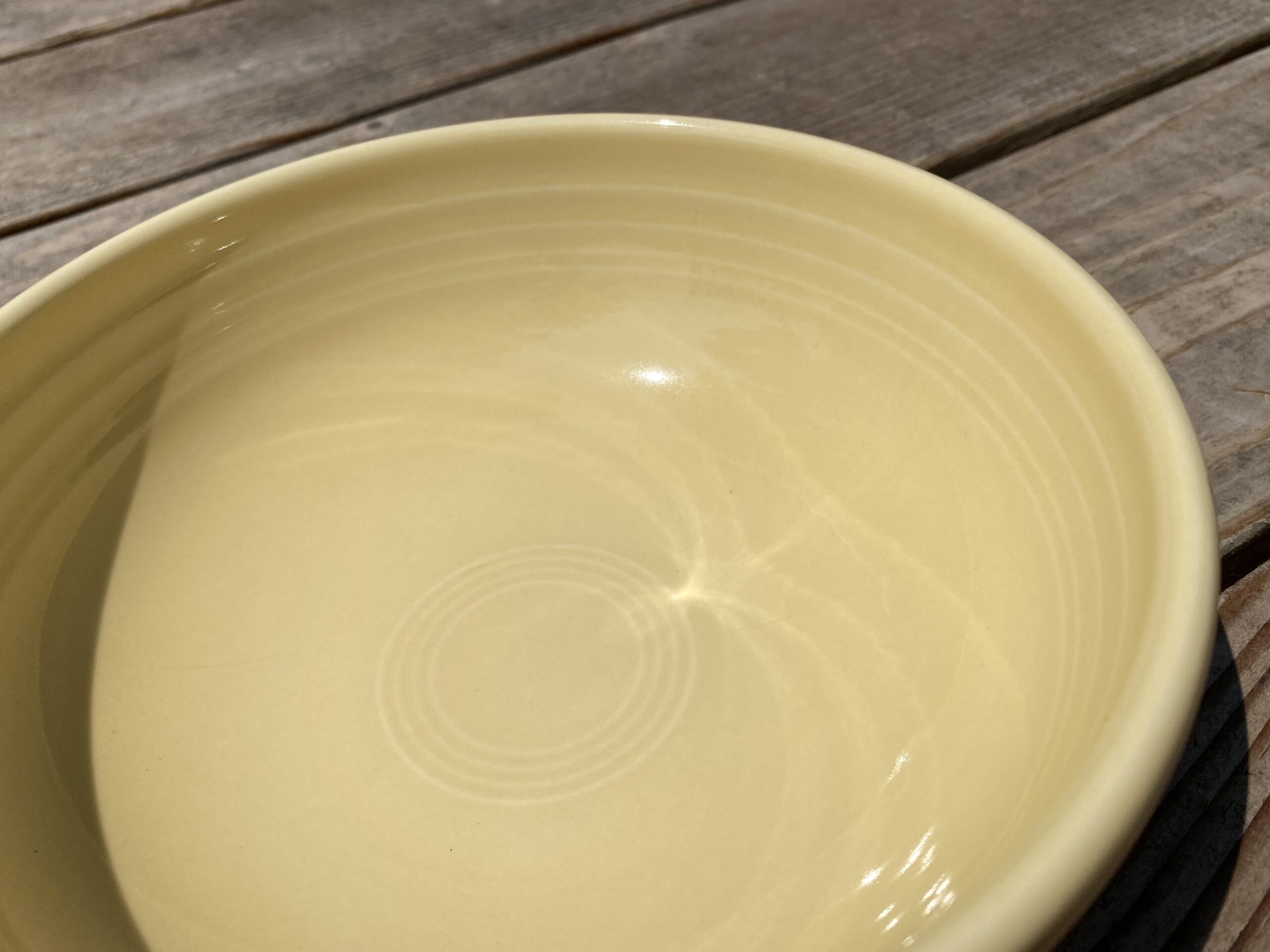
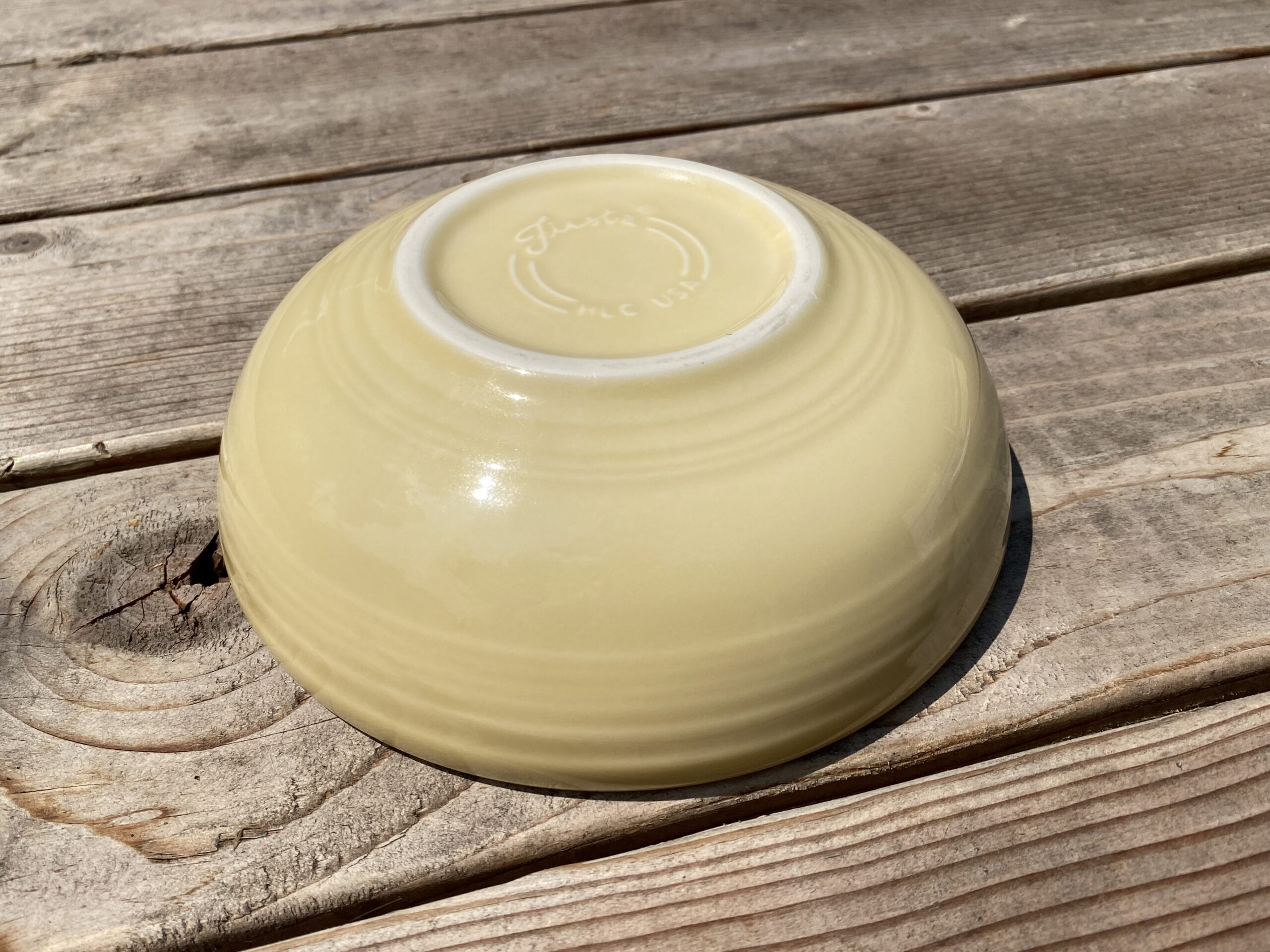
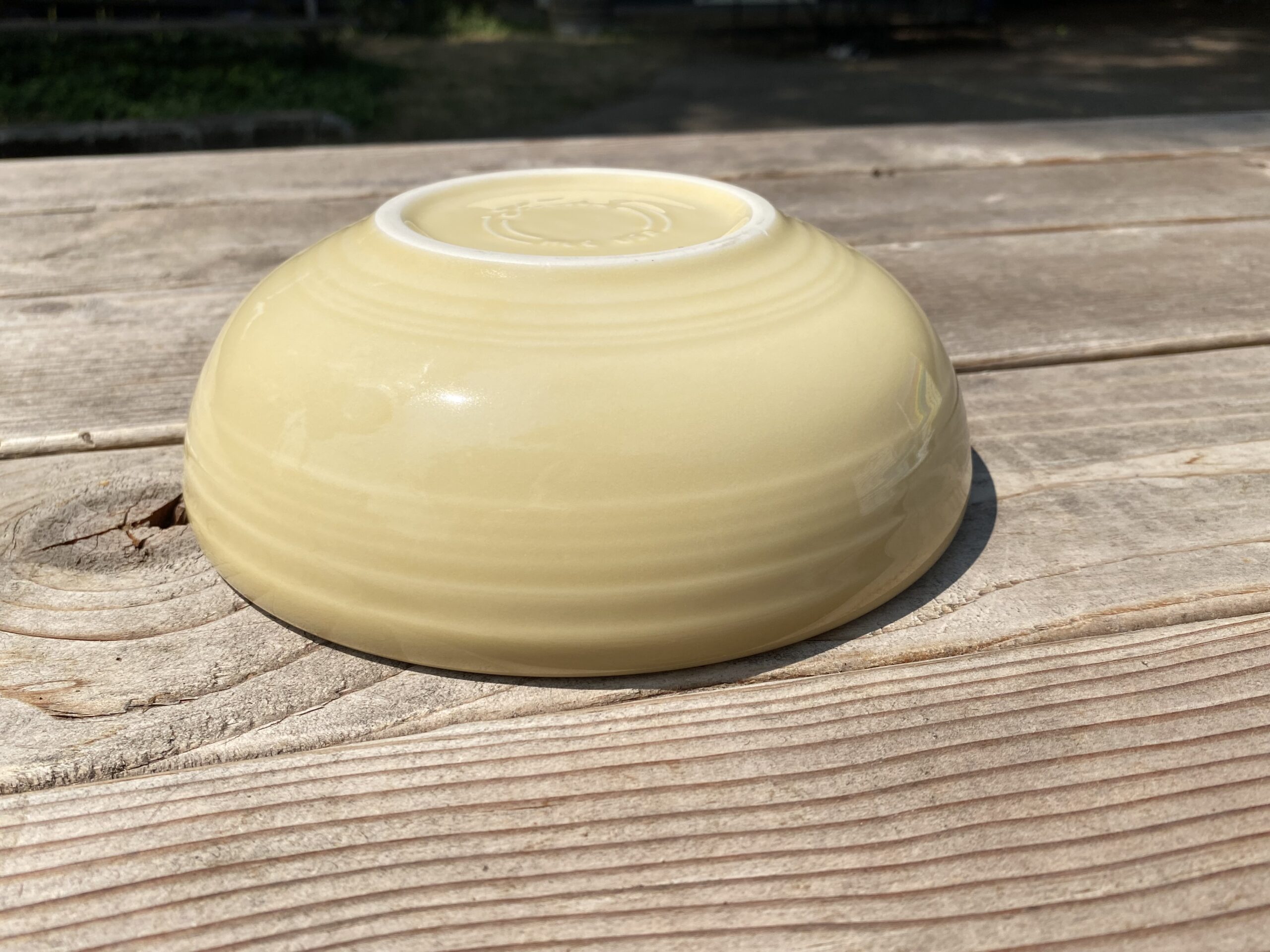

I have these dishes.?I’m a little confused. Is it at a safe level?
Hey Brenda,
It says in one of the last paragraphs of the article before her testing:
“So – again – to reiterate, this dish would be considered safe by all standards – even the strictest standards (which happens to be where the owner of this bowl lives!)”
I hope that’s helpful. I know Tamara is so busy she doesn’t always get to respond right away.
Thank you so much. My vision isn’t what it used to be. Sometimes it’s difficult to read things on my phone. Again thank you
She also stated in her last paragraph the following:
Given Cadmium causes cancer, it is my personal opinion that — regardless of safety standards (even in compliance with the strictest safety standards) — there is no place for any level of Cadmium (or other toxic heavy metals for that matter) in our dishware or elsewhere in our homes (especially in anything that is a functional food-use piece).